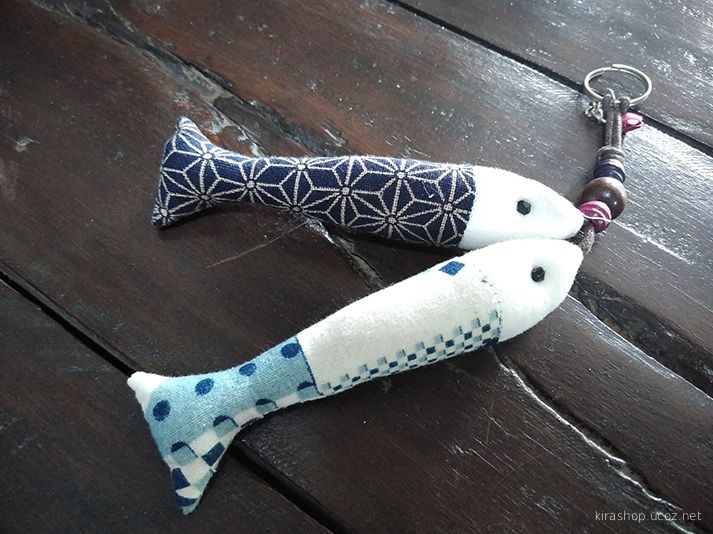
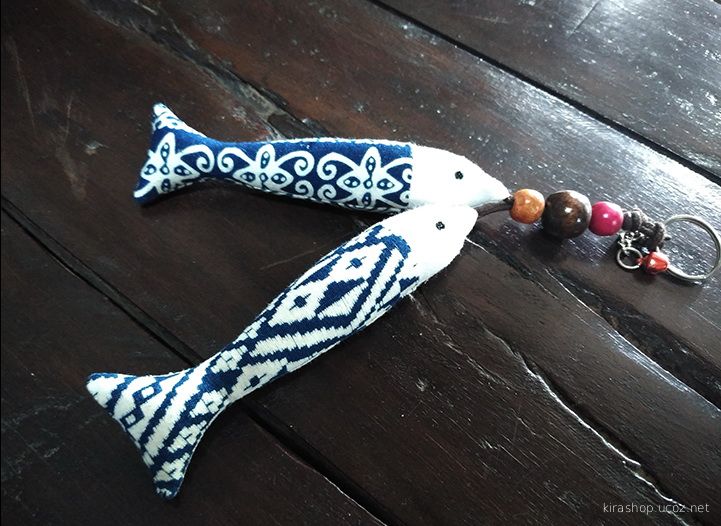 Early Beginnings
The earliest material evidence for the binding of feet is several pairs of shoes from twelfth- to thirteenth-century tombs in south-central China.
Early Beginnings
The earliest material evidence for the binding of feet is several pairs of shoes from twelfth- to thirteenth-century tombs in south-central China.
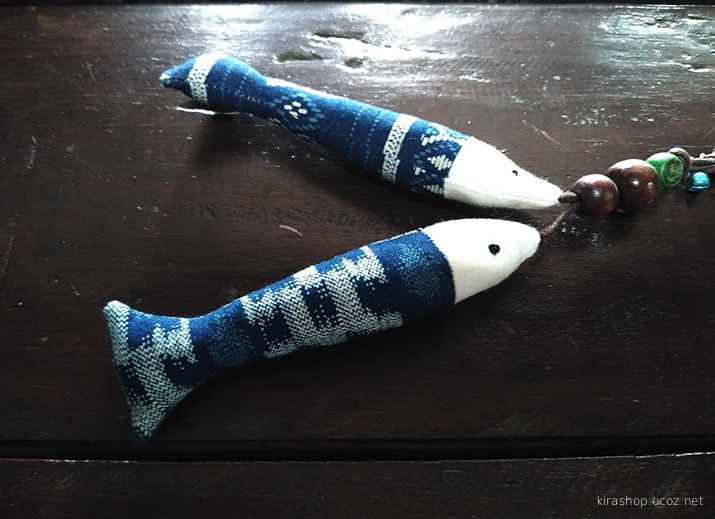 Scholar Zhang Bangji (fl. 1147) provided the first known textual reference to foot-binding as an actual practice: "Women's footbinding began in the recent times; it was not mentioned in any books from the previous eras."
Scholar Zhang Bangji (fl. 1147) provided the first known textual reference to foot-binding as an actual practice: "Women's footbinding began in the recent times; it was not mentioned in any books from the previous eras."
 By the twelfth century, foot-binding was a common but by no means mandatory practice among the wives and daughters of high-status men, as well as courtesans and actresses who entertained this same group of privileged scholar-officials.
By the twelfth century, foot-binding was a common but by no means mandatory practice among the wives and daughters of high-status men, as well as courtesans and actresses who entertained this same group of privileged scholar-officials.
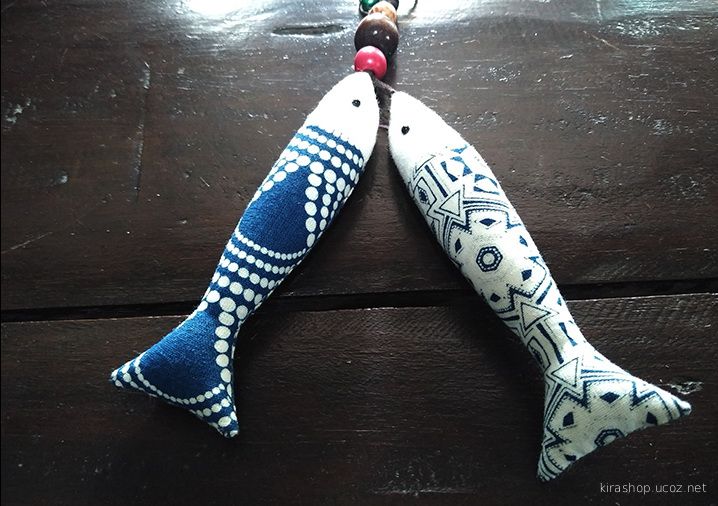 Song-dynasty China (960-1279) enjoyed a prosperous commercialized economy.
The Northern Song capital of Kaifeng and the Southern Song capital of Hangzhou, with populations of over a million each, were the largest cities in the world at the time.
Song-dynasty China (960-1279) enjoyed a prosperous commercialized economy.
The Northern Song capital of Kaifeng and the Southern Song capital of Hangzhou, with populations of over a million each, were the largest cities in the world at the time.
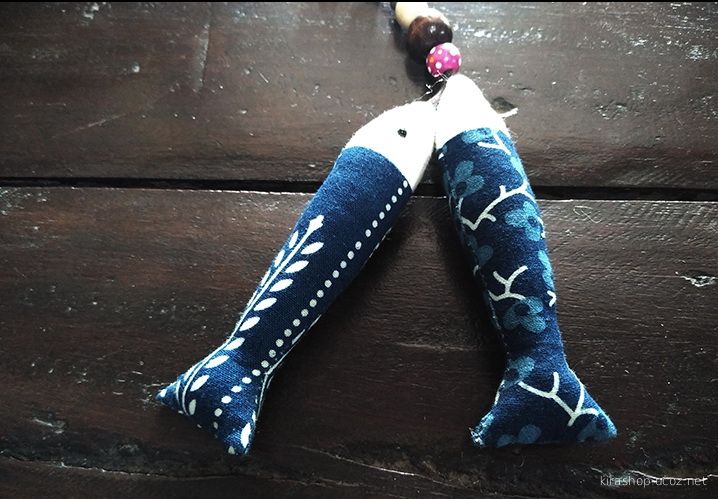 Indeed, historians have suggested that the beginnings of Chinese modernity can be traced back to the Song. A taste for novelty, together with status-anxiety-the same factors that gave rise to fashion in early modern Europe-also facilitated the birth of footbinding.
Adoration for small feet ran deep in Chinese culture: the story of Ye Xian, China's Cinderella, appeared in a ninth-century story collection Youyang zazu (Ko, pp. 26-27), and poets eulogized dainty steps and fancy footwear from the sixth to tenth centuries.
Indeed, historians have suggested that the beginnings of Chinese modernity can be traced back to the Song. A taste for novelty, together with status-anxiety-the same factors that gave rise to fashion in early modern Europe-also facilitated the birth of footbinding.
Adoration for small feet ran deep in Chinese culture: the story of Ye Xian, China's Cinderella, appeared in a ninth-century story collection Youyang zazu (Ko, pp. 26-27), and poets eulogized dainty steps and fancy footwear from the sixth to tenth centuries.
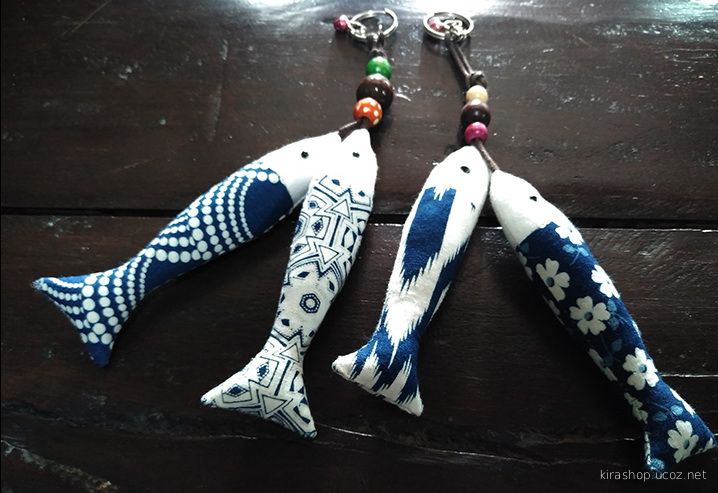
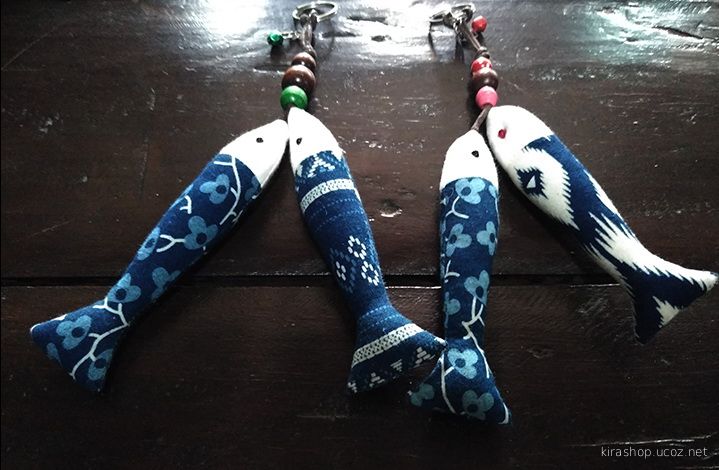 But these fantasies gave rise to the actual practice of binding feet only in the urban culture that emerged after the fall of the Tang aristocratic empire.
But these fantasies gave rise to the actual practice of binding feet only in the urban culture that emerged after the fall of the Tang aristocratic empire.
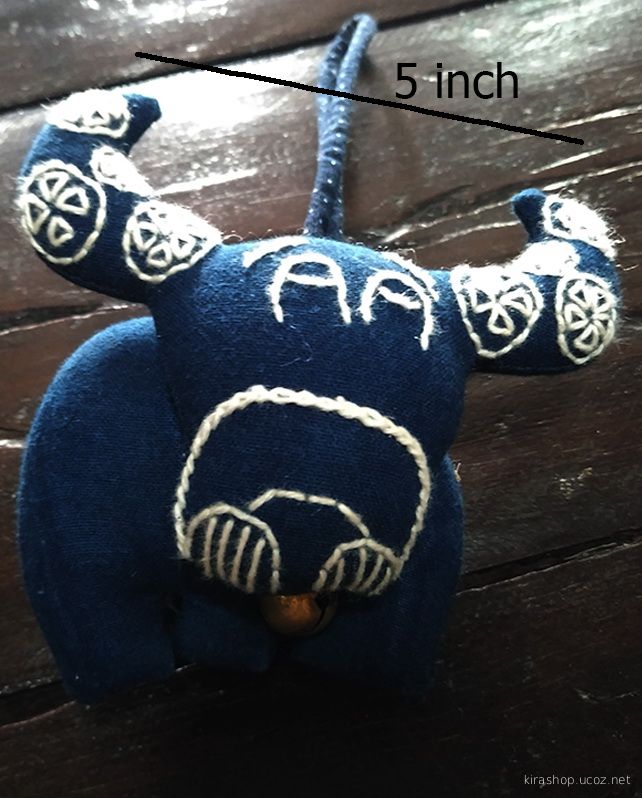 The style of women's shoes from the twelfth to fifteenth centuries conforms to two subtypes: one is long and narrow with pointy toes, like a kayak; the other, with turned-up toes, is like a canoe with a high stem. These shoes are made of monochrome silk and decorated with embroidered abstract floral or cloud patterns.
The style of women's shoes from the twelfth to fifteenth centuries conforms to two subtypes: one is long and narrow with pointy toes, like a kayak; the other, with turned-up toes, is like a canoe with a high stem. These shoes are made of monochrome silk and decorated with embroidered abstract floral or cloud patterns.
The length of archaeological specimens ranges from 5.9 inches to 9.4 inches (15 to 24 cm). Both styles feature flat fabric soles, suggesting that in this early stage women swaddled their four digits together with a binding cloth to achieve a sleek, pointy look.
 Paintings show these pointy toes or the more dramatic upturned toes peeking out from long, flowing silk trousers, creating an aesthetic of subdued feminine elegance. The most credible origin myth attributes foot-binding to Yaoniang, a dancer in the court of the last ruler Li Yu (r. 969-975) of the Southern Tang kingdom, who beguiled Li with her graceful dance and shoes that "curl up like the new moon." In the beginning, foot-binding was not meant to cripple.
Paintings show these pointy toes or the more dramatic upturned toes peeking out from long, flowing silk trousers, creating an aesthetic of subdued feminine elegance. The most credible origin myth attributes foot-binding to Yaoniang, a dancer in the court of the last ruler Li Yu (r. 969-975) of the Southern Tang kingdom, who beguiled Li with her graceful dance and shoes that "curl up like the new moon." In the beginning, foot-binding was not meant to cripple.
The Cult of the Golden Lotus
A more extreme regime of beauty arose around the sixteenth century with the invention of high heels. One type of shoes was elevated on a cylindrical heel; another featured a curved sole supported by a piece of silk-covered wood from the heel area to the instep. Not only did heels afford an optical illusion of smallness, they also enabled an extreme way of binding that pushed the base of the metatarsal bones and the adjoining cuneiforms upward, forming a bulge on the top of the foot.
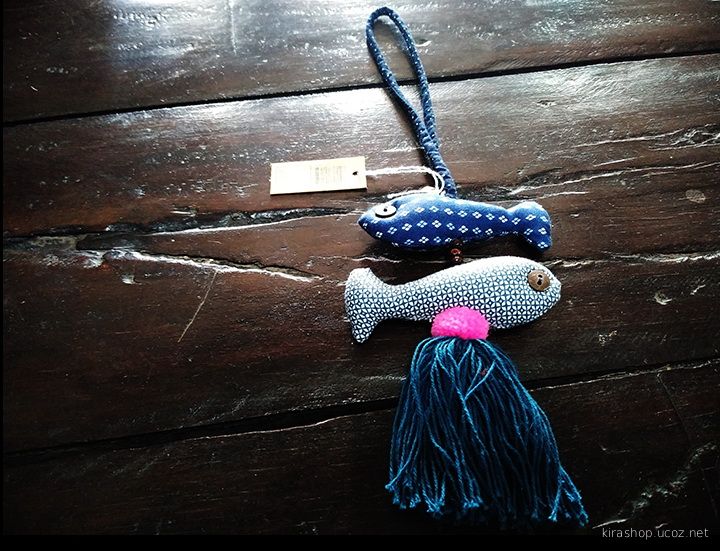
 A crevice was formed on the sole due to the compression of the fifth metatarsal bone toward the calcaneus or heel bone. The high heel redirected the wearer's body weight into a tripod-like area consisting of the tip of the big toe, the bent toes, and the back of the heel.
However unsteadily, heeled footwear provided better support for the triangular foot than flats.
A crevice was formed on the sole due to the compression of the fifth metatarsal bone toward the calcaneus or heel bone. The high heel redirected the wearer's body weight into a tripod-like area consisting of the tip of the big toe, the bent toes, and the back of the heel.
However unsteadily, heeled footwear provided better support for the triangular foot than flats.
This strenuous regimen bespeaks heightened female competition in a fashion-conscious society. In the sixteenth century, the Ming Empire (1368-1644) enjoyed the largest trade surplus in the world. Buoyed by a net inflow of New World silver, the money economy spread to the countryside.
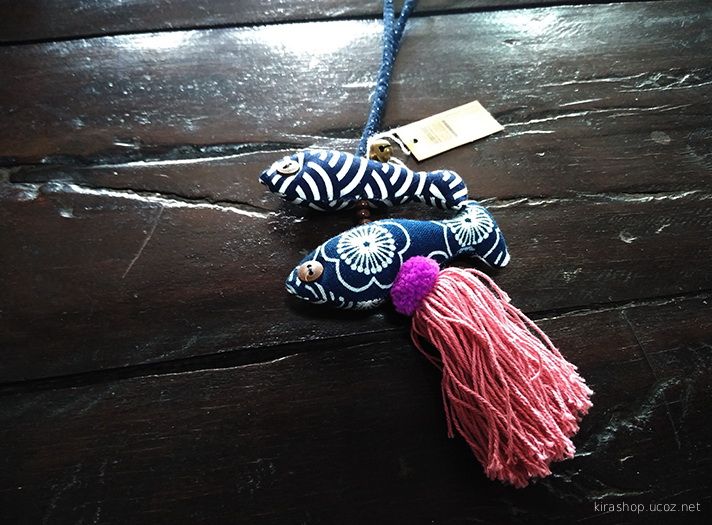 In a world of material abundance and social fluidity, there was intense pressure on women to display the status of their fathers and husbands. The incessant drive for small feet and their attendant eroticization in this atmosphere gave rise to a cult of the golden lotus.
In a world of material abundance and social fluidity, there was intense pressure on women to display the status of their fathers and husbands. The incessant drive for small feet and their attendant eroticization in this atmosphere gave rise to a cult of the golden lotus.
Female footwear-often store-bought-became fanciful. Some women hired famous carpenters to carve their heels, often of fragrant wood. Floral cutouts were made on the surface of hollowed heels; perfumed powder inside the heels would leave traces of blossoms on the floor as the wearer shifted her steps.
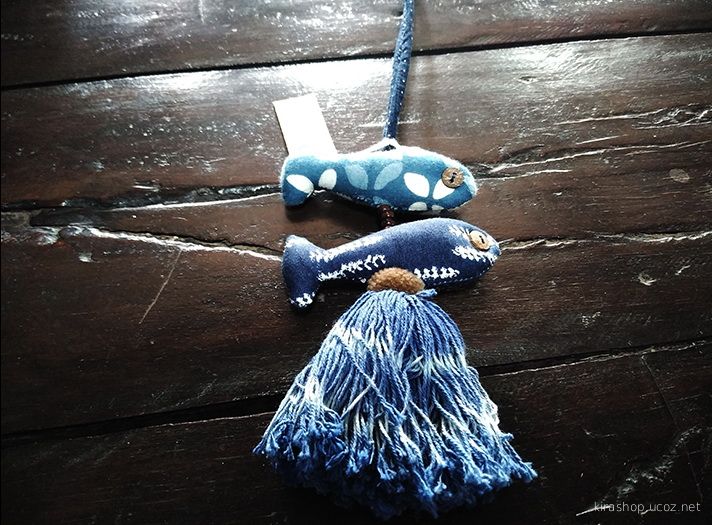 The shoe uppers were fashioned from red, white, or green silk with increasingly elaborate embroidered motifs of auspicious symbols. The earlier flat socks evolved into contoured and footed soft "sleeping slippers" which women wore to bed on top of the binding cloth. The erotic appeal of the golden lotus was wrought of layered footwear as instruments of concealment.
The shoe uppers were fashioned from red, white, or green silk with increasingly elaborate embroidered motifs of auspicious symbols. The earlier flat socks evolved into contoured and footed soft "sleeping slippers" which women wore to bed on top of the binding cloth. The erotic appeal of the golden lotus was wrought of layered footwear as instruments of concealment.
Even at the heyday of the cult, many women did not have bound feet. Footbinding was more a privilege than a requirement. Women of Manchu descent, an ethnic minority group, eschewed footbinding, as did Hakka women, who shouldered back-breaking manual labor. After the Manchus became the rulers of China in 1644, they issued prohibition edicts that only served to make foot-binding more popular among the subjugated Han Chinese majority.
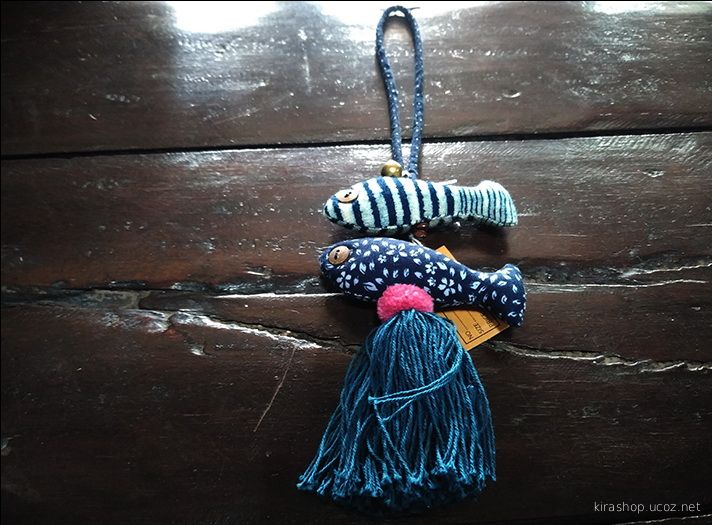
 The Anti-Footbinding Movement
The Anti-Footbinding Movement
The decline of footbinding can be attributed to internal and external factors. Domestically, it became a victim of its own success. As footbinding spread geographically outward and socially downward during the Qing dynasty (1644-1911), it lost its raison d'être and ceased to be a sign of exclusivity.

 Externally, Christian missionaries and merchants brought an imported concept of the natural God-given body as well as a new sartorial regime in the second half of the nineteenth century.
Externally, Christian missionaries and merchants brought an imported concept of the natural God-given body as well as a new sartorial regime in the second half of the nineteenth century.
Footbinding became so dated that it was synonymous with "feudal and backward China" in the Republican period (1912-1949). Although coastal women gave up the practice in the early decades of the twentieth century, girls in the remote southwestern province of Yunnan were forced to stop by the Communist regime only in the 1950s.

 The Fetishism of Bound Feet and Tiny Shoes
The Fetishism of Bound Feet and Tiny Shoes
William Rossi has suggested the bound foot was "the organ of ultimate sexual pleasure"; the soft fleshy cleavage on the underside of the foot was "the equivalent of the labia" for men (pp. 29-30). Although this view is corroborated by Chinese erotic paintings from the nineteenth and twentieth centuries, no premodern Chinese sources depict footbinding in this light.
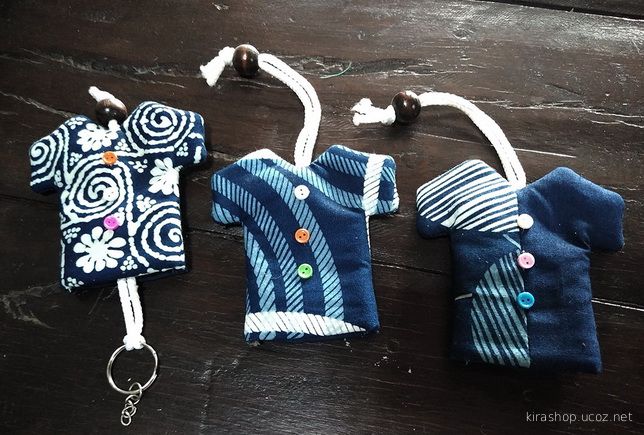 Novels, poetry, and prose by premodern Chinese male scholars suggest that embroidered slippers and partially undressed, but still concealed, feet served as the locus of their erotic imagination. The first credible connoisseur of bound feet was the Yuan dynasty scholar-poet Yang Weizhen (also known as Yang Tieya, 1296-1370), who in his later years retired from the court and dallied in the garden city of Suzhou. To add to the merry-making, Yang drank from wine cups fashioned from courtesans' tiny shoes. Brothel drinking games involving the tiny shoe persisted and became more fanciful, as evinced by the connoisseur Fang Xuan's (probably a pseudonym) treatises first published in the last decade of the Qing dynasty (Levy, pp. 107-120).
Novels, poetry, and prose by premodern Chinese male scholars suggest that embroidered slippers and partially undressed, but still concealed, feet served as the locus of their erotic imagination. The first credible connoisseur of bound feet was the Yuan dynasty scholar-poet Yang Weizhen (also known as Yang Tieya, 1296-1370), who in his later years retired from the court and dallied in the garden city of Suzhou. To add to the merry-making, Yang drank from wine cups fashioned from courtesans' tiny shoes. Brothel drinking games involving the tiny shoe persisted and became more fanciful, as evinced by the connoisseur Fang Xuan's (probably a pseudonym) treatises first published in the last decade of the Qing dynasty (Levy, pp. 107-120).
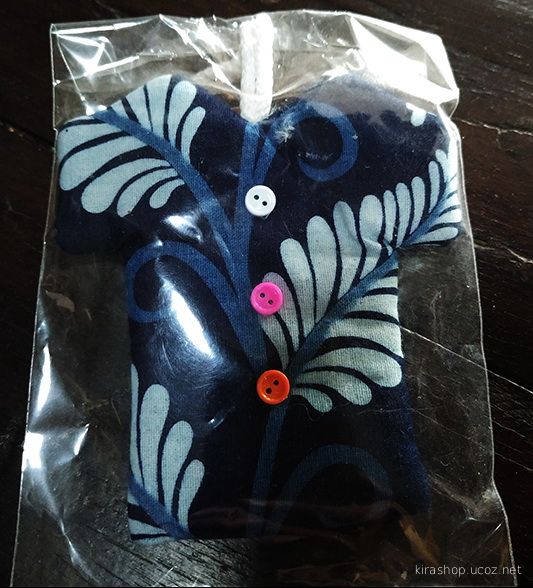
 The connoisseur Li Yu (c. 1610-1680)-no relation to the Southern Tang ruler-described the sexual appeal of the bound foot in both visual and tactile terms. In a bedroom scene in Li's erotic novel The Carnal Prayer Mat, the protagonist Vesperus removed all the clothes of Jade Scent but left her leggings on, because "in the last resort tiny feet need a pair of dainty little leggings above them if they are going to appeal" (p. 50). Li recounted his own experience of removing courtesans' stockings to fondle feet so soft that they feel "boneless" in an essay collection, Casual Expressions of Idle Feeling. Presumably the binding cloth was not removed. Li added: "Lying in bed with them, it is hard to stop fondling their golden lotus. No other pleasures of dallying with courtesans can surpass this experience" (Hanan, p. 68).
The connoisseur Li Yu (c. 1610-1680)-no relation to the Southern Tang ruler-described the sexual appeal of the bound foot in both visual and tactile terms. In a bedroom scene in Li's erotic novel The Carnal Prayer Mat, the protagonist Vesperus removed all the clothes of Jade Scent but left her leggings on, because "in the last resort tiny feet need a pair of dainty little leggings above them if they are going to appeal" (p. 50). Li recounted his own experience of removing courtesans' stockings to fondle feet so soft that they feel "boneless" in an essay collection, Casual Expressions of Idle Feeling. Presumably the binding cloth was not removed. Li added: "Lying in bed with them, it is hard to stop fondling their golden lotus. No other pleasures of dallying with courtesans can surpass this experience" (Hanan, p. 68).
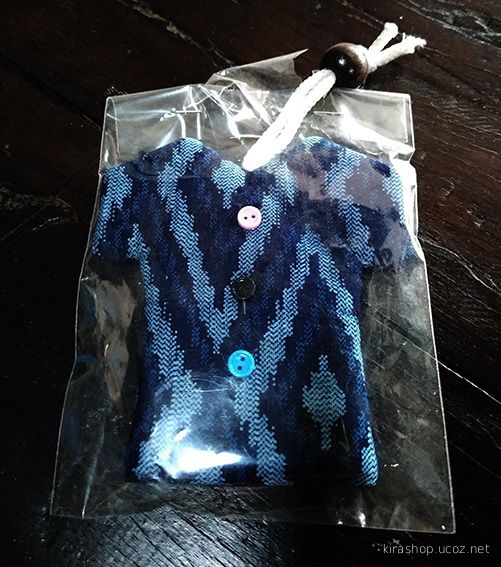
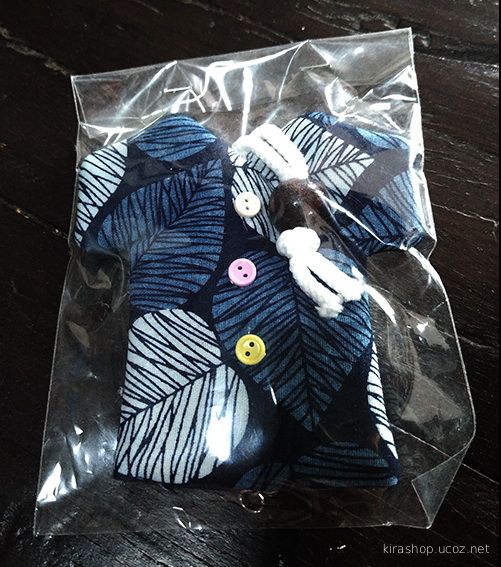 The most vivid Chinese account of the fetishism of shoes and feet during the height of the cult of the golden lotus is the erotic novel The Plum in the Golden Vase, first published in 1618. Presiding over a polygynist household, the protagonist Simen Qing is the paragon of male privileges and excesses. Females vie to get his attention, hence their heart's desires, by a parade of tiny shoes they designed and assembled. Simen was partial to red sleeping slippers; his love for them-and their wearer-was transference for his own desire to wear red shoes (chapter 28). Simen, a merchant, personifies the commodity culture that enabled new economies of pleasure and desire in seventeenth-century China.
The most vivid Chinese account of the fetishism of shoes and feet during the height of the cult of the golden lotus is the erotic novel The Plum in the Golden Vase, first published in 1618. Presiding over a polygynist household, the protagonist Simen Qing is the paragon of male privileges and excesses. Females vie to get his attention, hence their heart's desires, by a parade of tiny shoes they designed and assembled. Simen was partial to red sleeping slippers; his love for them-and their wearer-was transference for his own desire to wear red shoes (chapter 28). Simen, a merchant, personifies the commodity culture that enabled new economies of pleasure and desire in seventeenth-century China.
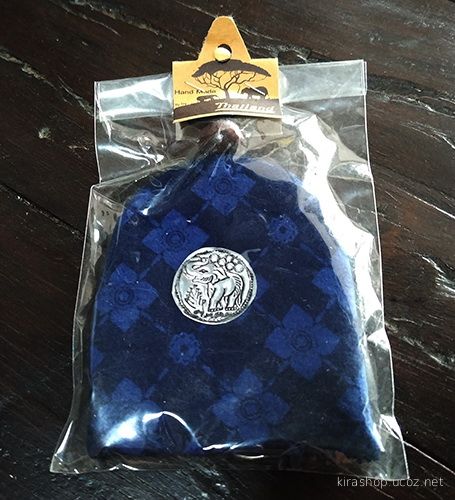

 Chinese fetishism assumes different meanings than that which crystallized in Europe in the second half of the nineteenth century, in part because the association of pleasure and guilt is absent in Confucian morality. But in China as in Europe, the fetishism of the foot found its most graphic expression in the spectacular details lavished onto high heel shoes. As a vessel for wine, plaything, or token of exchange, embroidered slippers were receptacles of boundless fantasy.
Chinese fetishism assumes different meanings than that which crystallized in Europe in the second half of the nineteenth century, in part because the association of pleasure and guilt is absent in Confucian morality. But in China as in Europe, the fetishism of the foot found its most graphic expression in the spectacular details lavished onto high heel shoes. As a vessel for wine, plaything, or token of exchange, embroidered slippers were receptacles of boundless fantasy.
The very subject of footbinding has been fetishized in the West. As a stand-in for the exotic and erotic Orient, footbinding has continued to fascinate modern observers and collectors after its demise in China as a social practice.
Ironically, on the eve of footbinding's decline, the paraphernalia of footbinding reached the height of its glory, surpassing previous centuries in rapidity of stylistic changes and ornamental techniques. Each region developed its own distinct footwear styles.
New genres of patterns, snow clogs, and rain boots served the growing number of working-class women with bound feet. Footwear innovation continued into the 1920s and 30s, when women with bound feet updated their wardrobes with such Western styles as the Mary Jane, fastened with buttons and flesh-colored silk stockings.
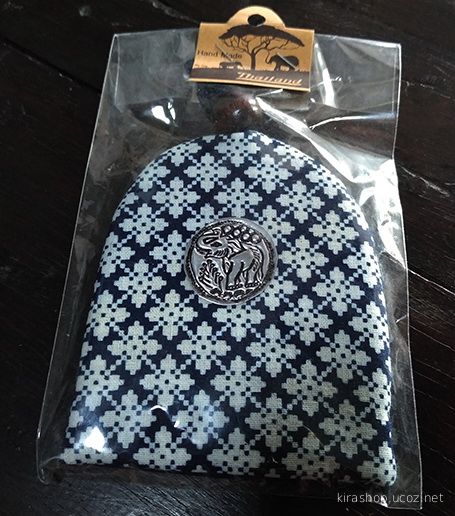
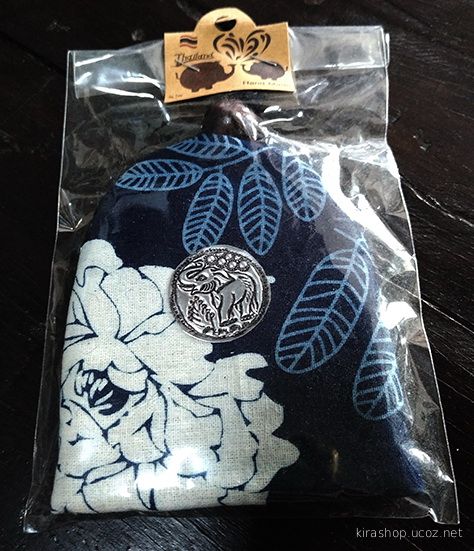
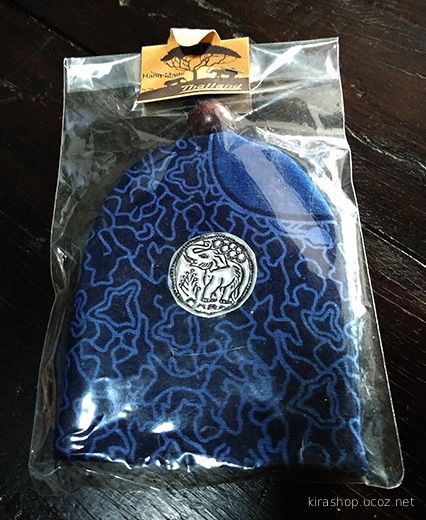
In sum, there is not one footbinding but many. During each stage of its development the way of binding, shoe styles, social background of the women and their incentives are different; the regional diversities are also pronounced. But in the final analysis, the binding of feet was always motivated by a utopian impulse to overcome the body and to elevate one's status in the world.
Footbinding By Dorothy Ko
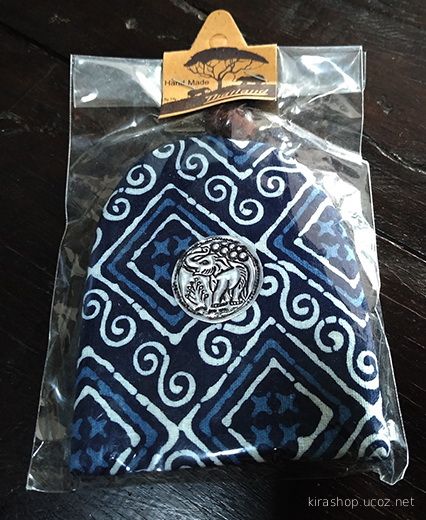
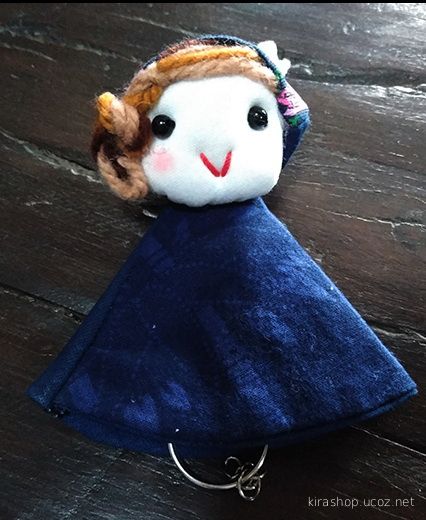 Fetish Fashion
Fetish Fashion
Fetishism is a term with a long and complicated history, encompassing religious, anthropological, economic, and sexual meanings. Missionary tracts with titles such as Fetishism and Fetish Worshippers denounced the "barbarous" religions of "primitive" people who worshiped "idols of wood or clay." The term fetish was then extended to refer not only to objects allegedly possessing magic powers, but also to anything that was irrationally worshiped. Karl Marx famously coined the term "commodity fetishism" to describe the way objects produced through human labor acquired an exaggerated exchange value. Sexologists and psychiatrists traditionally described fetishism as a sexual "perversion." Today, fetishism is usually characterized as a type of variant sexuality, in which arousal is associated with a (nongenital) part of the body, such as hair, or an inanimate object, such as a shoe.
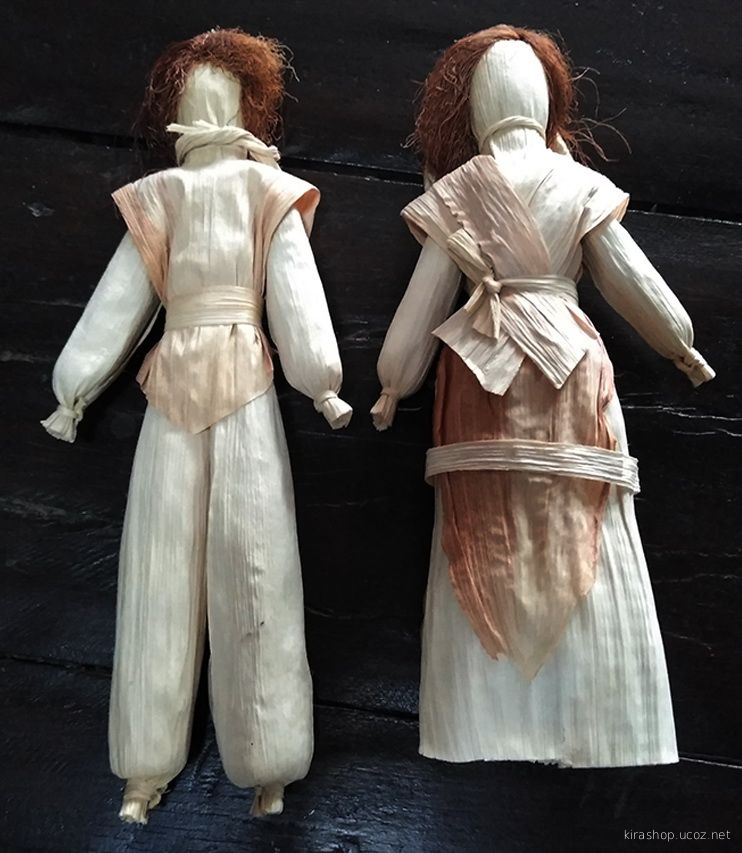
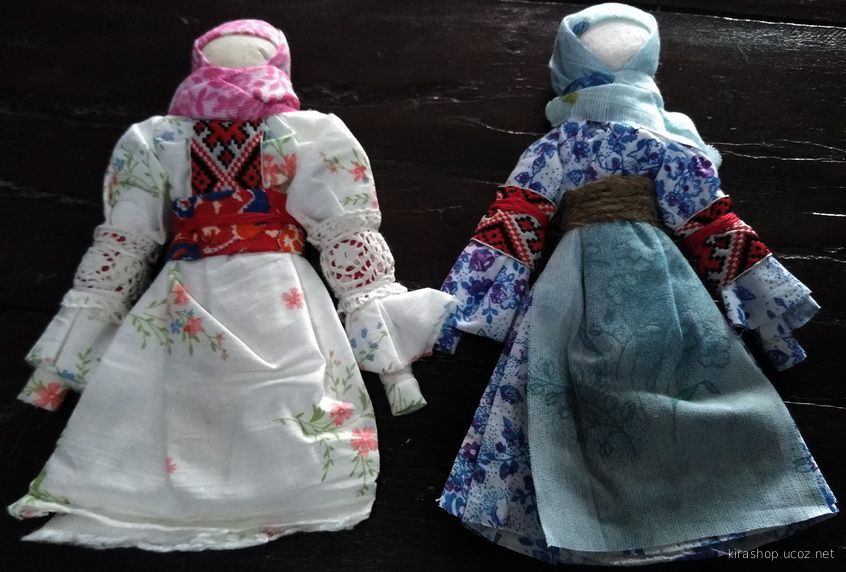 Fetishism
Fetishism
Experts tend to agree that the majority of sexual fetishists are men. Indeed, the psychiatrist Robert Stoller argued, "fetishizing is the norm for males, not for females." However, the subject of female fetishism is of interest to cultural theorists. There are also thought to be degrees of fetishism. Many men may be sexually aroused by high-heeled shoes, for example, but only a minority require the presence of such shoes for sexual arousal-and even fewer women have such a directly sexual relationship with shoes.
Fetishism has also been associated with sadomasochism and transvestism. Leather fetishists, for example, may be involved in sadomasochistic sexuality. Sigmund Freud argued that fetishism was caused by castration anxiety, but this theory is not widely accepted today.
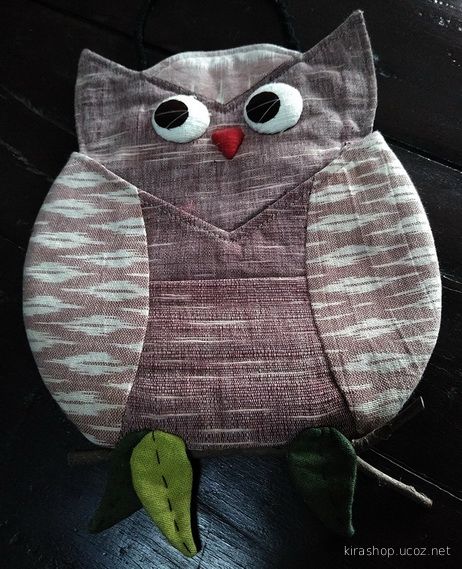
Historical Perspective
High-heeled shoes, so-called "kinky" boots, corsets, lingerie, and garments made of leather or rubber are among the most common clothing fetishes. Sometimes individual clothing fetishes are combined; thus, a black leather corset might be worn with high-heeled boots and long rubber gloves.
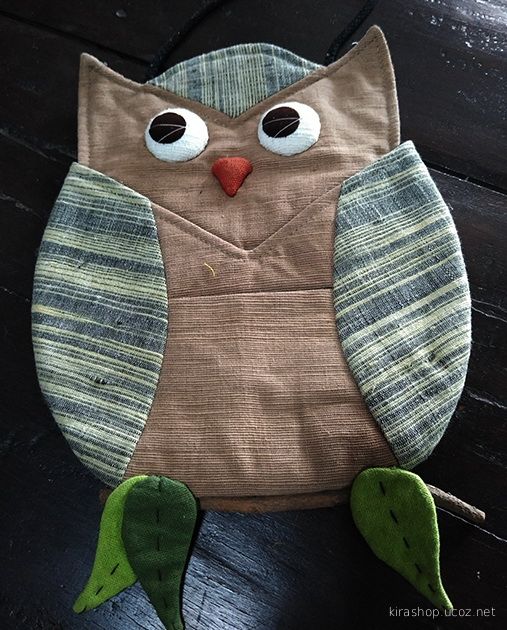
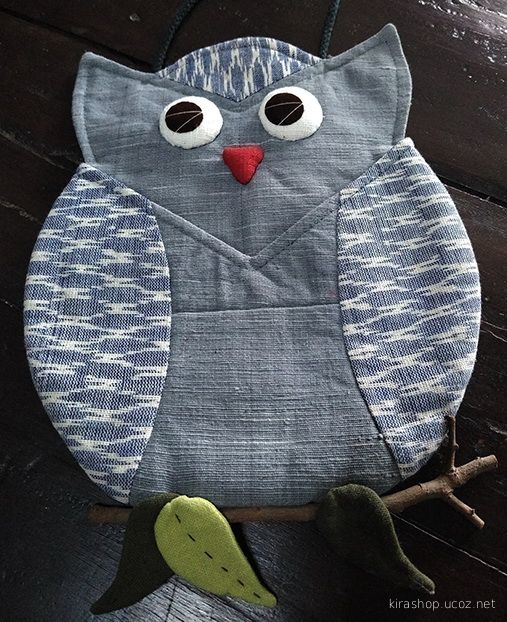
Fetishes are associated with particular sexual fantasies. Or as Stoller put it: "A fetish is a story masquerading as an object." In the nineteenth and early twentieth centuries, fetish clothing was utilized in secret sexual scenarios; for example, in brothels or the staging of pornographic imagery.
Role in Pop Culture
Since the 1970s, however, clothing fetishes have played an increasingly important role in fashion and popular culture. As early as the 1960s, the television program The Avengers featured a character, Mrs. Peel, who wore a black leather catsuit that was modeled on an authentic fetish costume. Mrs. Peel's costume was a precursor of Michelle Pfeiffer's latex catsuit and mask in the film Batman Returns.
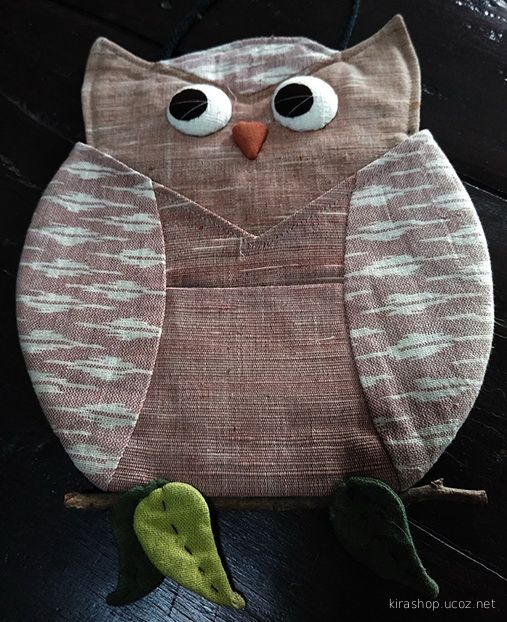
Subcultures
Fetishism moved from the sexual underground into mainstream popular culture via subcultural groups such as punks and leathermen. A youth subculture associated with bands like the Sex Pistols, the punks appropriated fetish clothing as part of their own "style in revolt." The fashion designer Vivienne Westwood, herself a punk, opened a shop in London called Sex, where she sold bondage trousers, rubber stockings, corsets, and extreme shoes to a clientele divided between real fetishists and young people attracted by the idea of breaking taboos. Westwood herself wore "total S&M as fashion" in the early 1970s, not just in private or at clubs, but on the street, as a way of subverting accepted social values.


Fetish Clothing as Chic
The 1970s saw the spread of sexual liberation, women's liberation, and gay liberation-all movements that provided a context for the emergence of fetish fashion. Although many feminists regard fetish fashion as exploitative and misogynistic, the iconography of sexual fetishism unquestionably focused on images of powerful women. The image of the dominatrix or phallic woman was especially pronounced in the work of Helmut Newton, a very influential fashion photographer of the 1970s. As a result of his controversial pictures in magazines such as the French edition of Vogue, Newton is often credited with having made fetishism "chic." One of his fashion photographs of 1977, for example, was titled "Woman or Superwoman?" It showed a woman wearing a leather trench coat by French designer Claude Montana, accessorized with riding boots to convey the image of an Amazon, a subcategory of the dominatrix.
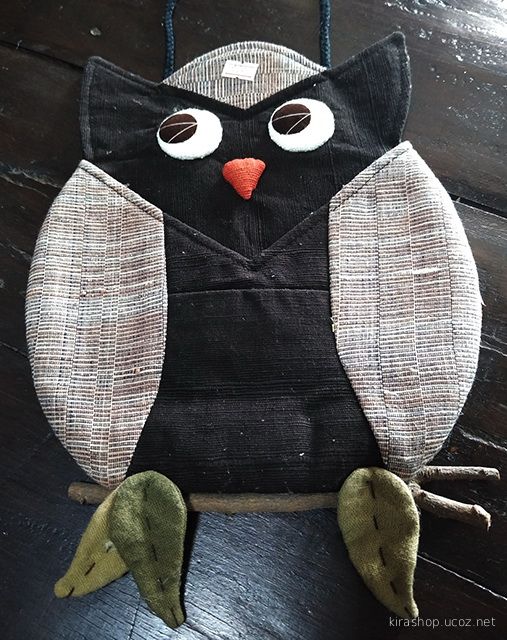
Jean Paul Gaultier is another designer who pioneered fetish fashion in the 1980s. Gaultier has told interviewers that, as a child, his grandmother's flesh-colored corsets fascinated him, and he describes the process of lacing a corset as ritualistic. Many of his designs for both men and women have featured corset-style lacing. He is probably most famous for the corset that he designed for Madonna's Blonde Ambition tour, which helped launch the trend for underwear-as-outerwear. Lingerie, of course, has become a ubiquitous influence on fashion Perhaps even more than Gaultier, Thierry Mugler has focused on corsetry and on fetishized materials such as rubber and leather to create costumes that evoke the image of "the phallic woman." One of his couture ensembles was entirely handcrafted of leather, including a leather neck-corset. It resembled the carapace of an insect. Other hard-bodied styles include metal corsets and entire ensembles made of metal and plastic, which transform the wearer into a kind of armored cyborg. Indeed, there is virtually no fetish ensemble-from the clothing of the equestrienne to the military uniform-that has not appeared on Mugler's runways.
Materials
Leather is the material most often utilized in fetish fashion. Claude Montana was among the first to become known for fetish leather, to be followed in the 1990s by the Italian designer Gianni Versace, who caused a sensation with his leather fashions. Is it "chic or cruel?" asked The New York Times. Similar styles had been pioneered by sadomasochists, especially gay leathermen. Designers such as Thierry Mugler and John Galliano for Dior have also incorporated other second-skin materials, such as latex, into high fashion. All of the designers mentioned are also known for their "kinky" shoes and boots, which are the most important accessories in the wardrobe of fetish fashion. Fetish shoes typically feature extremely high heels and sometimes also high platforms and ankle straps or lacing that allude to bondage. Fetish boots tend to be either very high (to mid-thigh) or overtly aggressive-looking.
Fetish Fashion By Valerie Steele
